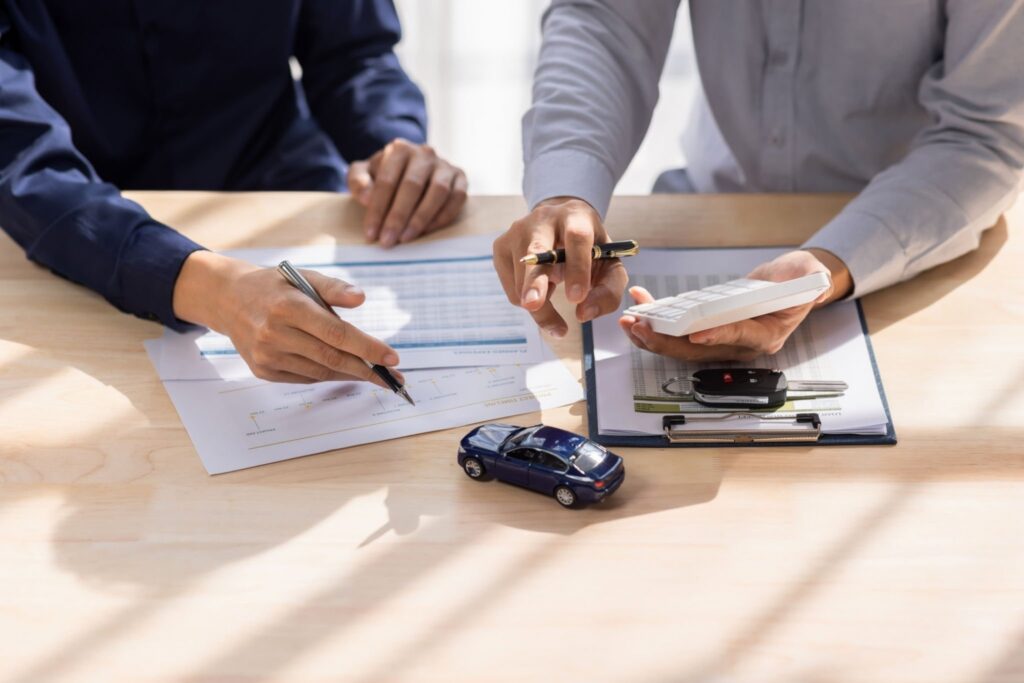
Everything You Need to Know About Filing a Car Insurance Claim in India
Accidents, whether minor or major, can be stressful and overwhelming. In such moments, knowing exactly what steps to take after a car accident is crucial, not just for safety, but also for hassle-free insurance claim processing. Many vehicle owners in India find the claim process confusing or delay it due to a lack of information, which can result in missed opportunities or rejected claims.
This guide will walk you through the step-by-step process of filing a car insurance claim in India—what documents you need, whom to inform, and what actions you must take. Whether you’ve purchased your car insurance online or through an agent, being informed helps you act promptly and avoid costly errors. From securing the scene to understanding your car insurance policy coverage, this blog covers everything to make your claim smooth and stress-free.
- First Things First: Ensure Everyone’s Safety and Secure Your Vehicle
Immediately after an accident, your top priority should be the safety of all passengers and others involved. Check for injuries and call for medical help if needed. Once that’s done, move the vehicle to a safe location if possible, to prevent further damage or road obstruction. Take steps to avoid tampering with the accident scene until initial documentation is done.
This step also helps in fulfilling a core requirement of many car insurance policies, which often mandate that you secure the vehicle and scene before beginning the claim process.
- File an FIR: Make it Official
In cases of major accidents, injury to persons, or third-party damage, filing a First Information Report (FIR) at the nearest police station is mandatory. Even in minor cases, it is a good practice to report the incident. An FIR acts as an official legal record and is often required by insurance companies when processing a car insurance claim.
Make sure you collect a copy of the FIR. It will be critical for your claim documentation, especially if your vehicle insurance covers theft, third-party liability, or legal assistance.
- Click, Record, Save: Document the Damage
Visual proof is your best support while filing a claim. Take clear pictures and videos of the damage from multiple angles. Include the vehicle, license plates, surroundings, and any third-party vehicles involved.
This documentation serves as evidence for your car insurance policy provider and helps them understand the extent of the damage. Whether you’ve purchased car insurance online or offline, this step is crucial in avoiding disputes during the claim assessment.
- Inform Your Insurance Provider ASAP
Once you’ve ensured safety and documented the accident, the next step is to notify your insurance provider. Most insurers, especially those offering car insurance online, have 24/7 customer service and app-based reporting features for quick assistance.
Share the accident details and submit the necessary documentation, including the FIR (if applicable), your driving license, vehicle RC, and photos of the damaged vehicle. Failing to report the accident on time may lead to claim rejection under your vehicle insurance policy.
- File Your Car Insurance Claim
With all the documents in hand and the insurer notified, proceed to formally file the car insurance claim. This typically involves filling out a claim form, which can often be done via your insurer’s website or mobile app if you’ve selected car insurance online.
Make sure the details in the form match the information provided earlier. Any inconsistencies can delay the process. Choose whether the claim will be cashless or reimbursement-based, depending on your garage and car insurance policy terms.
- Know Your Coverage: What Your Policy Actually Includes
Before and during the claim process, review your car insurance policy to understand what’s covered and what’s not. Does your policy include own-damage, third-party liability, theft, or zero depreciation? These details determine how much of the repair cost will be covered.
Many people who buy car insurance online overlook reading the fine print, which can lead to confusion during the claim process. If your vehicle insurance only covers third-party liabilities, for example, your own vehicle damage won’t be reimbursed.
- Let the Experts Inspect: Survey and Assessment
After you file the claim, the insurer appoints a surveyor to assess the damage. The surveyor inspects your vehicle, verifies the documents, and submits a report to the insurance company. Your presence and cooperation during this step can speed things up.
For cashless claims, you’ll be directed to a network garage after the assessment. If you’ve purchased car insurance online, this list is usually accessible through the insurer’s website or app. Make sure the garage is approved to ensure smoother billing.
- Claim Settlement: The Final Step
Once the surveyor’s report is reviewed and all documents are verified, the insurance company processes your car insurance claim. In a cashless setup, the insurer settles the repair bill directly with the garage. In a reimbursement model, you pay the bill first and then submit original invoices for reimbursement.
Many digital insurers now offer faster claim settlement options, especially for those who bought car insurance online, with minimal paperwork and app-based updates. Keep track of the settlement timeline and follow up if needed.
Conclusion
Filing a car insurance claim in India doesn’t have to be a complicated process, especially if you’re prepared. By acting promptly, maintaining proper documentation, and understanding your car insurance policy coverage, you can ensure a smooth and successful claim experience.
Whether you choose traditional plans or go to buy car insurance online, knowing these steps will empower you to handle post-accident situations confidently. A well-managed vehicle insurance claim can save you a significant financial burden and get your car back on the road with minimal downtime.




